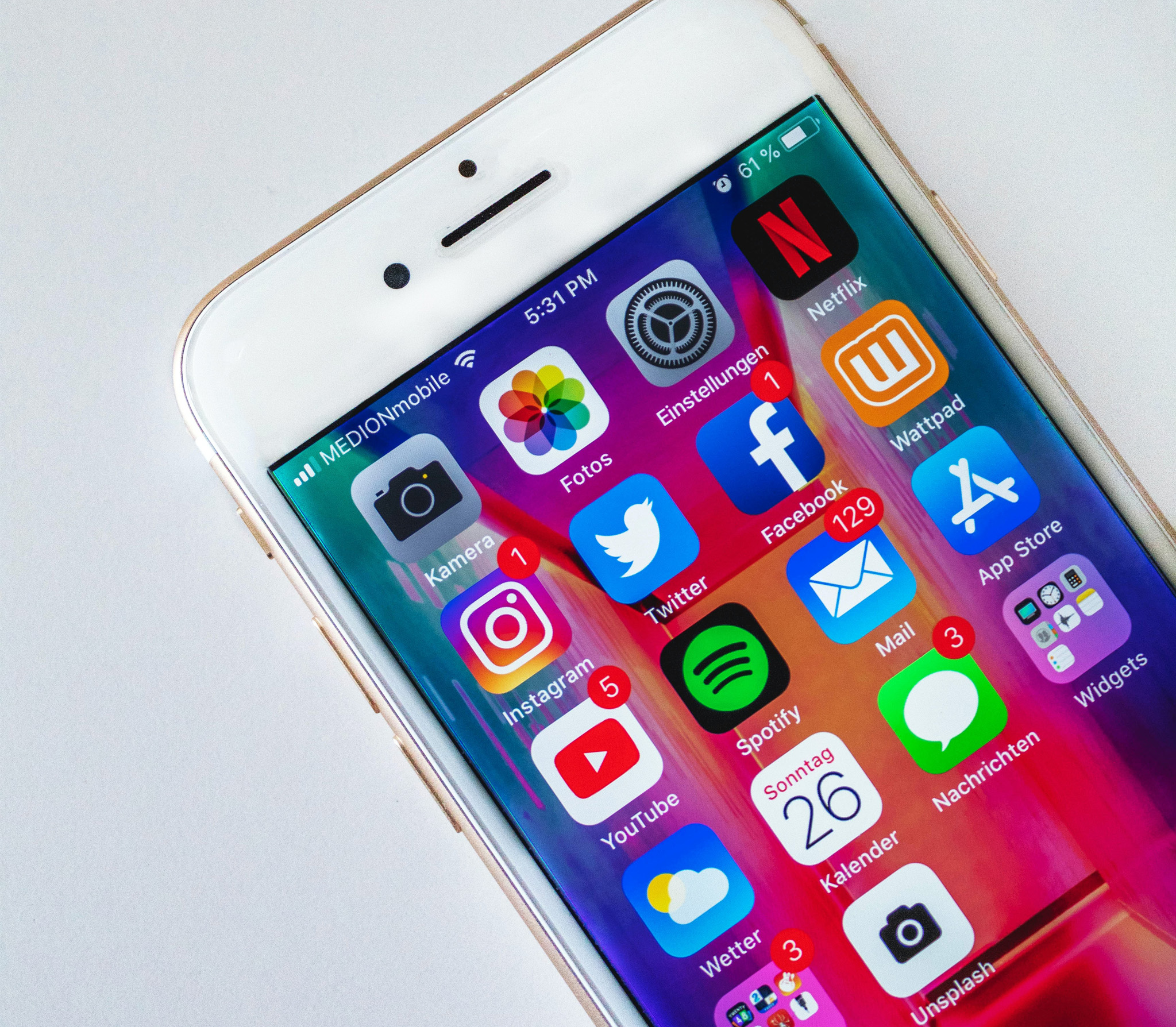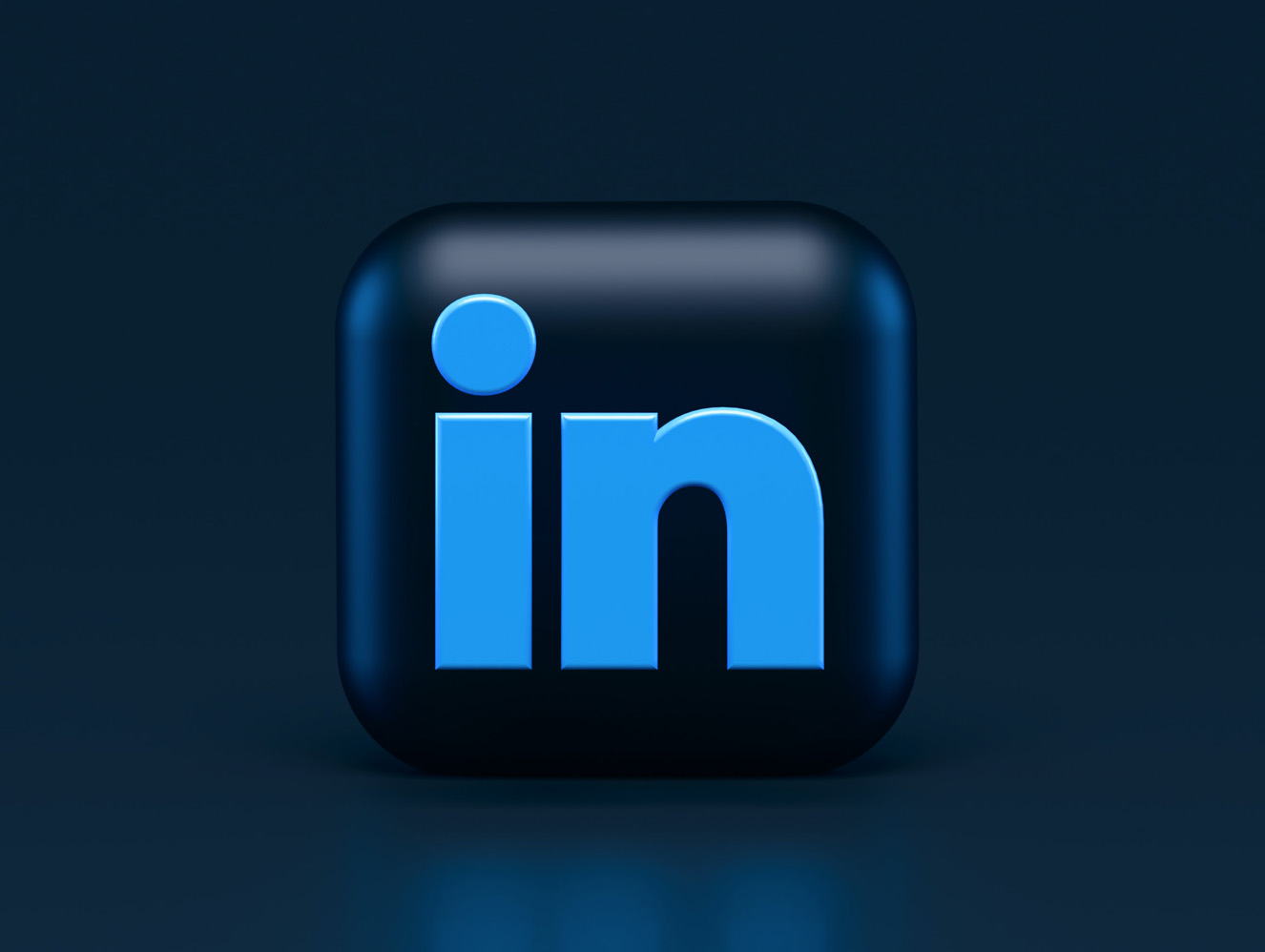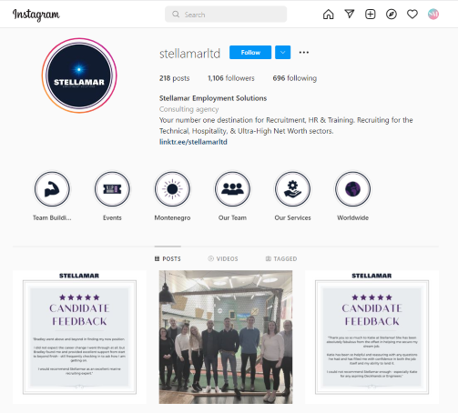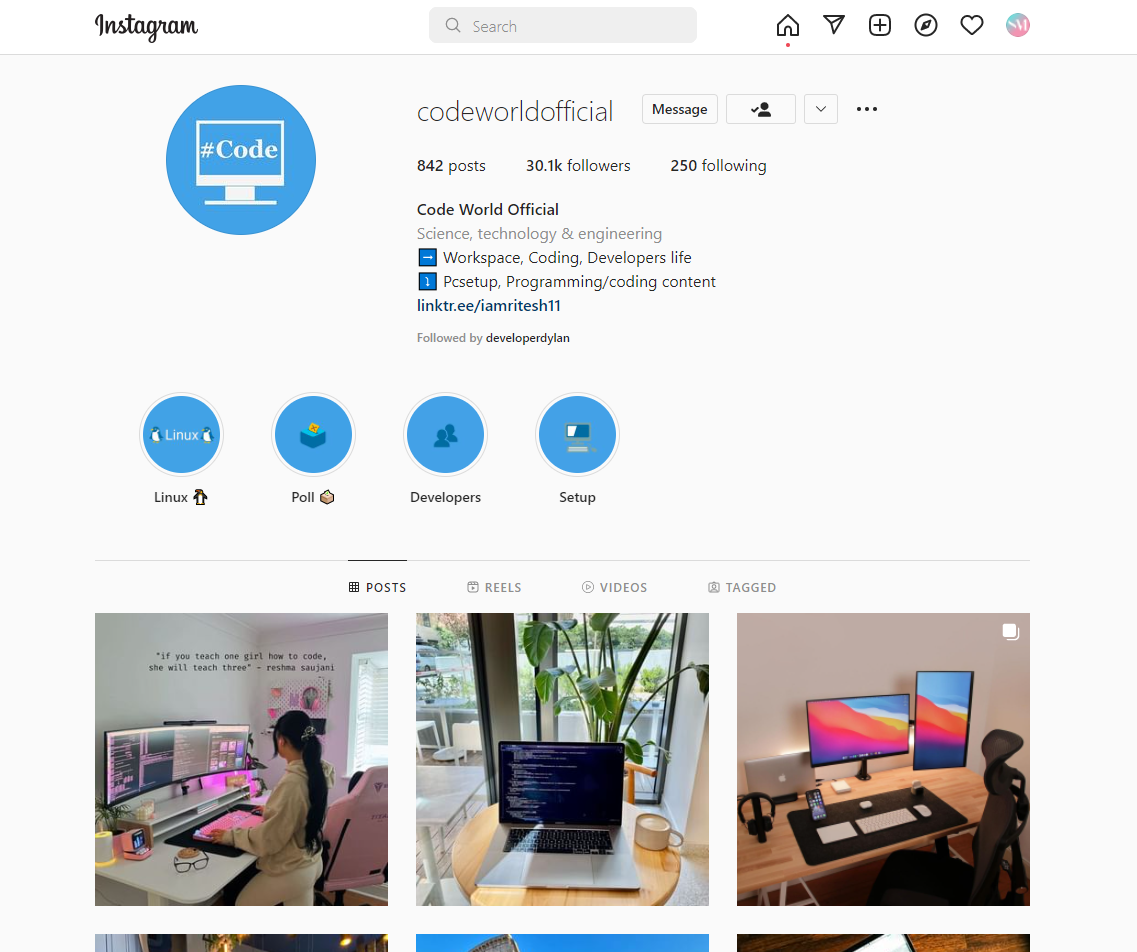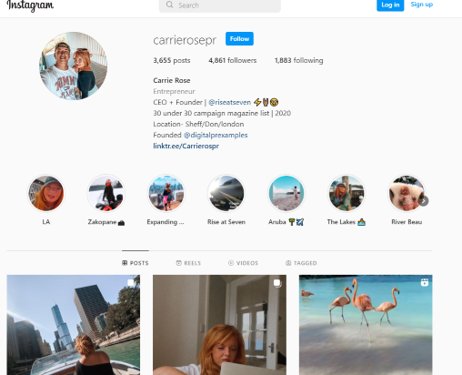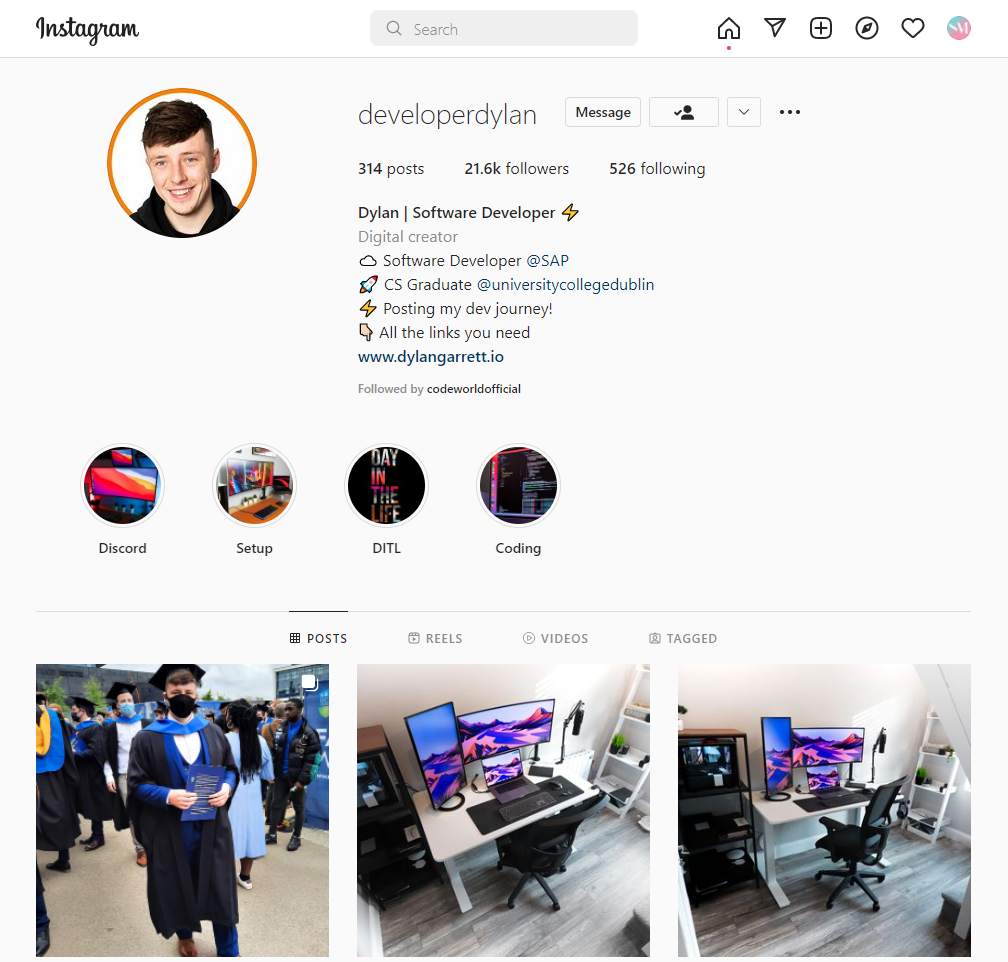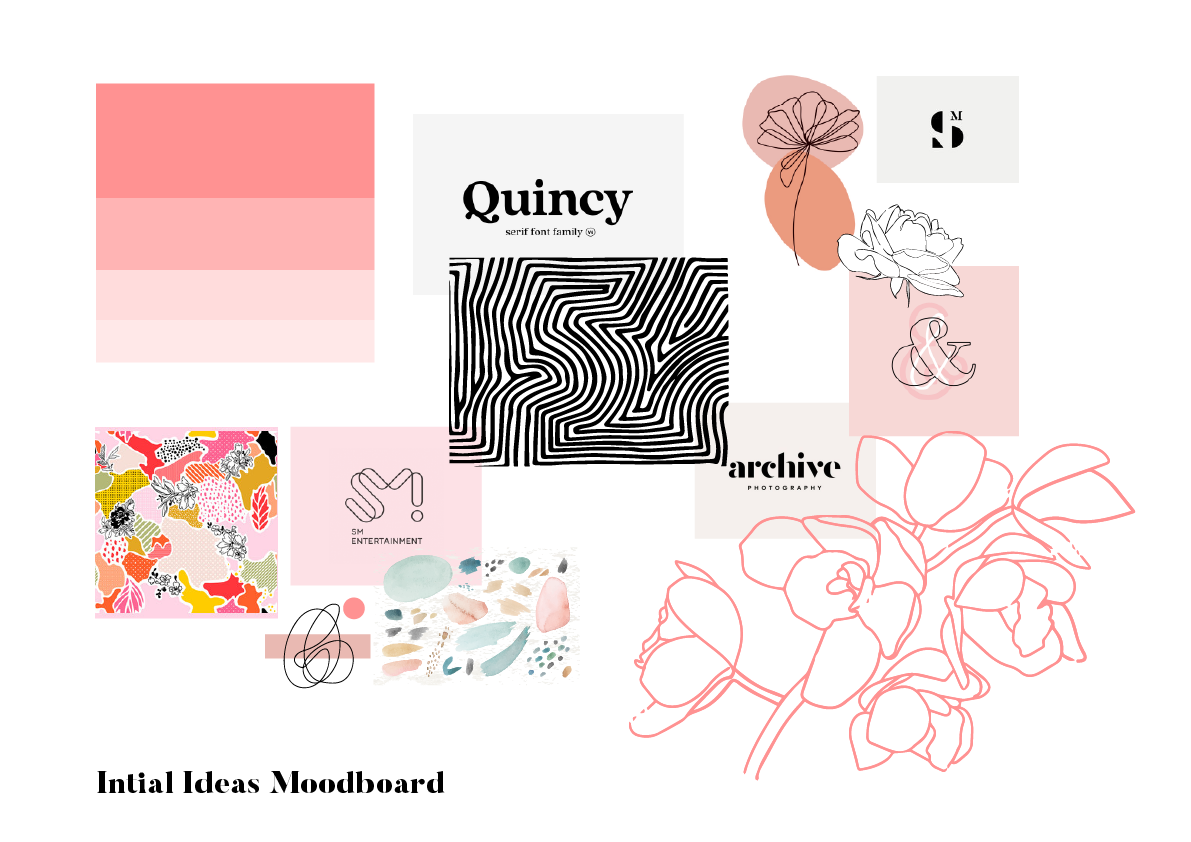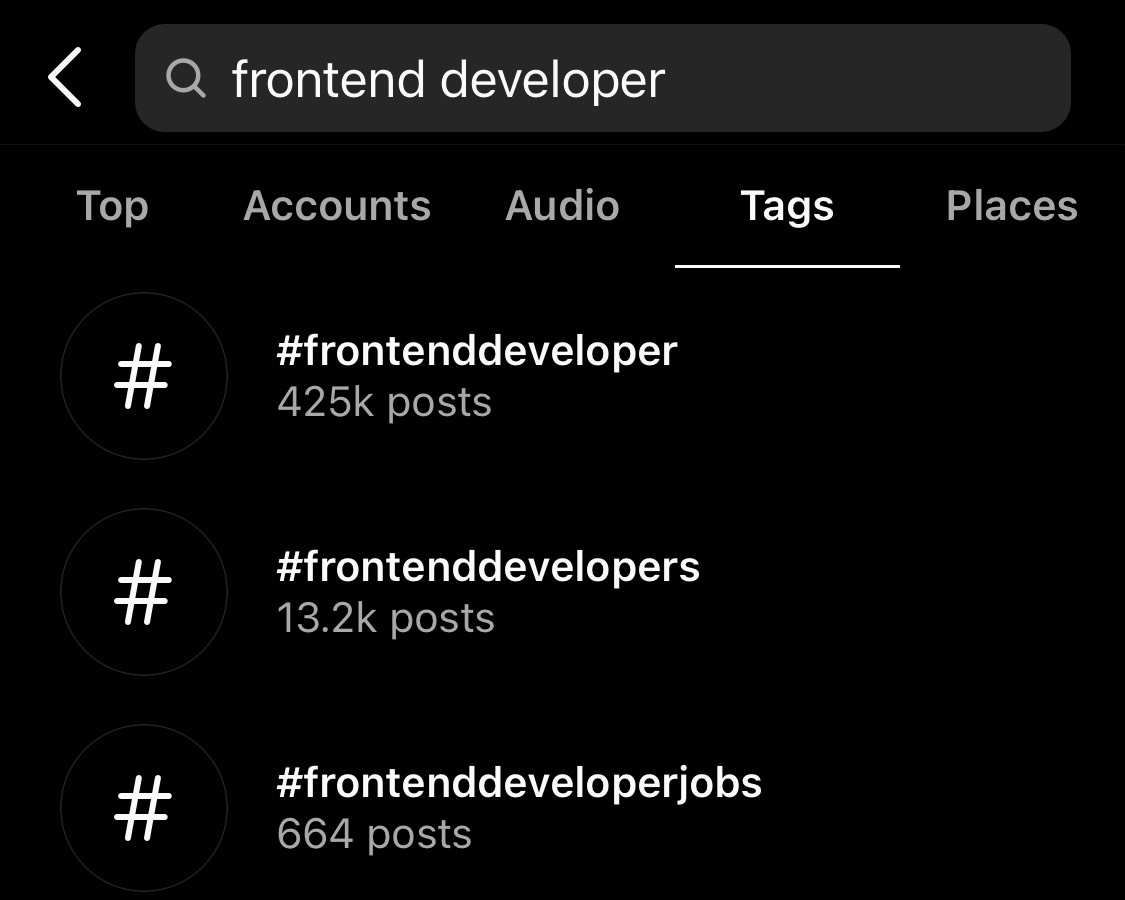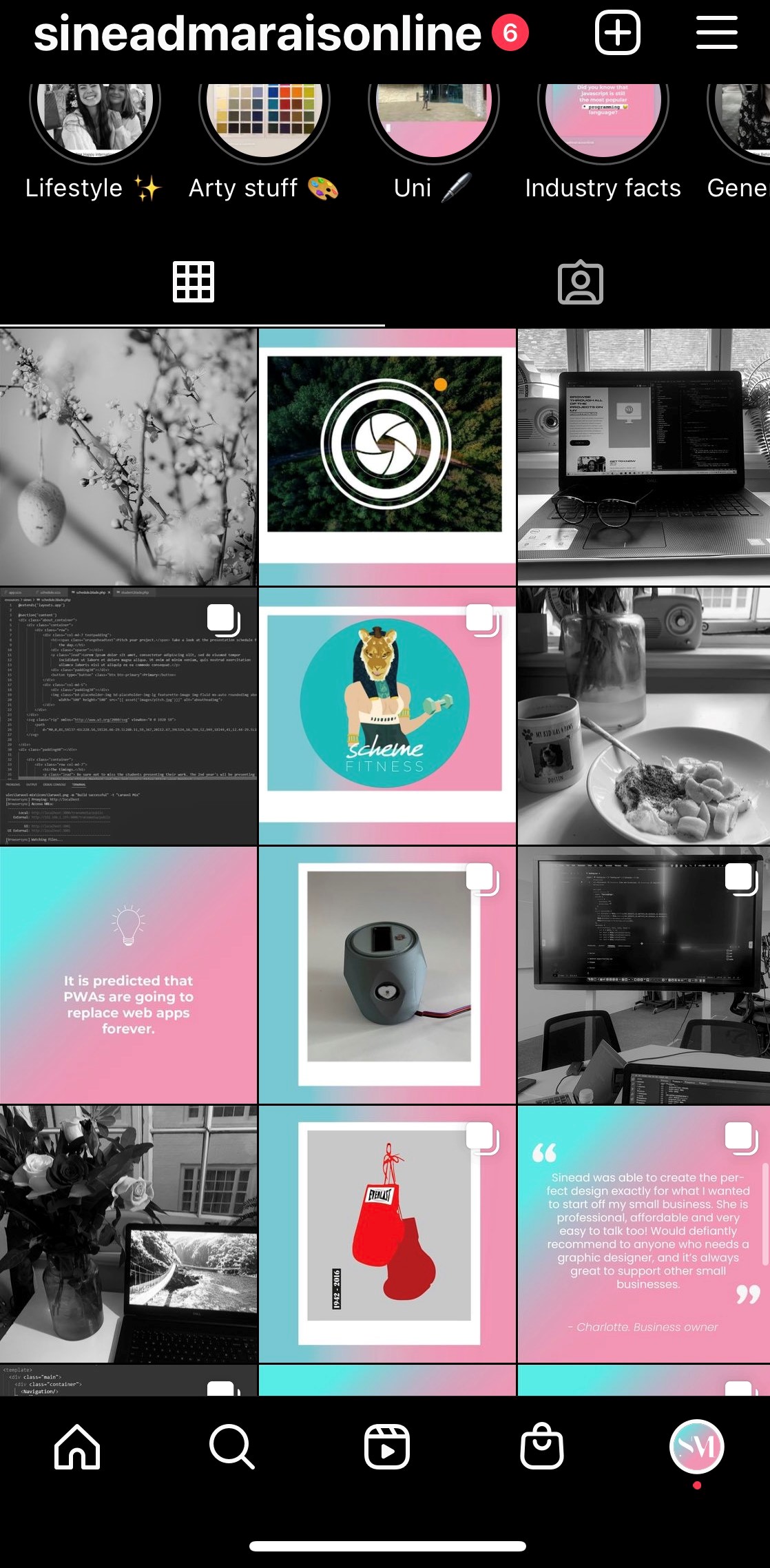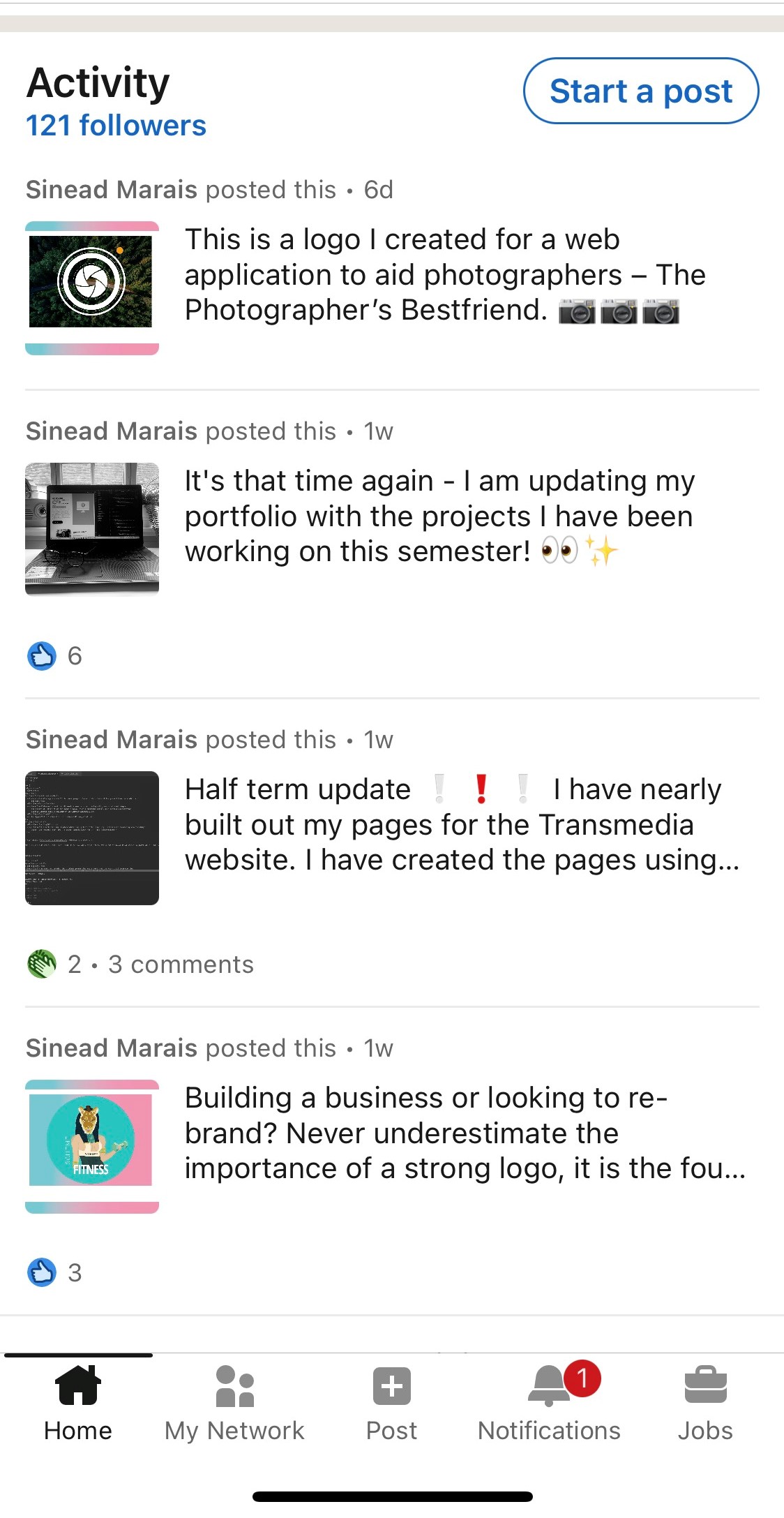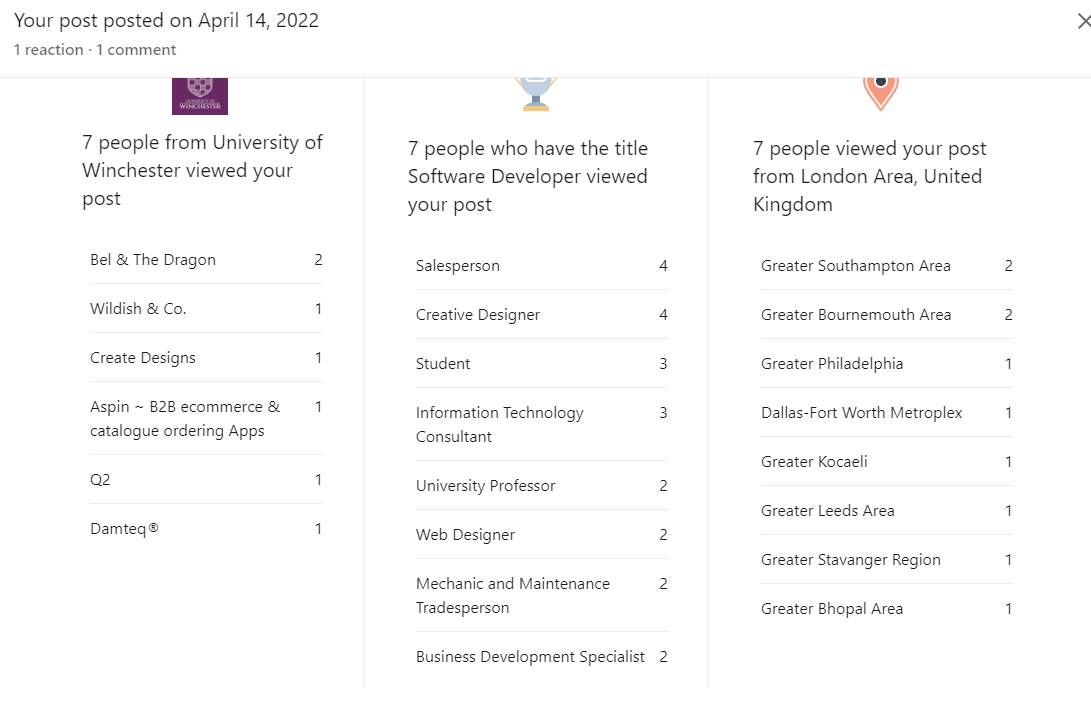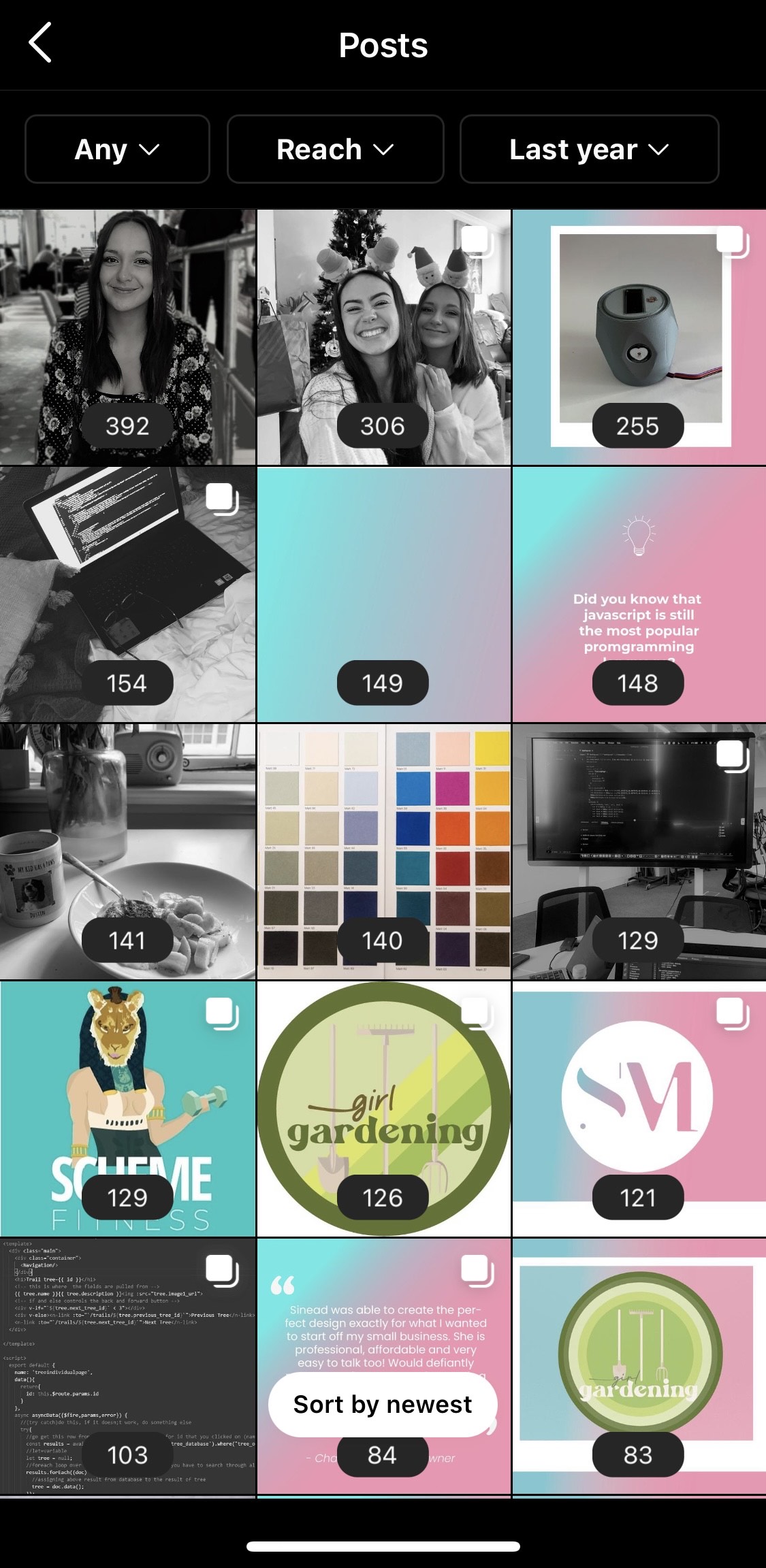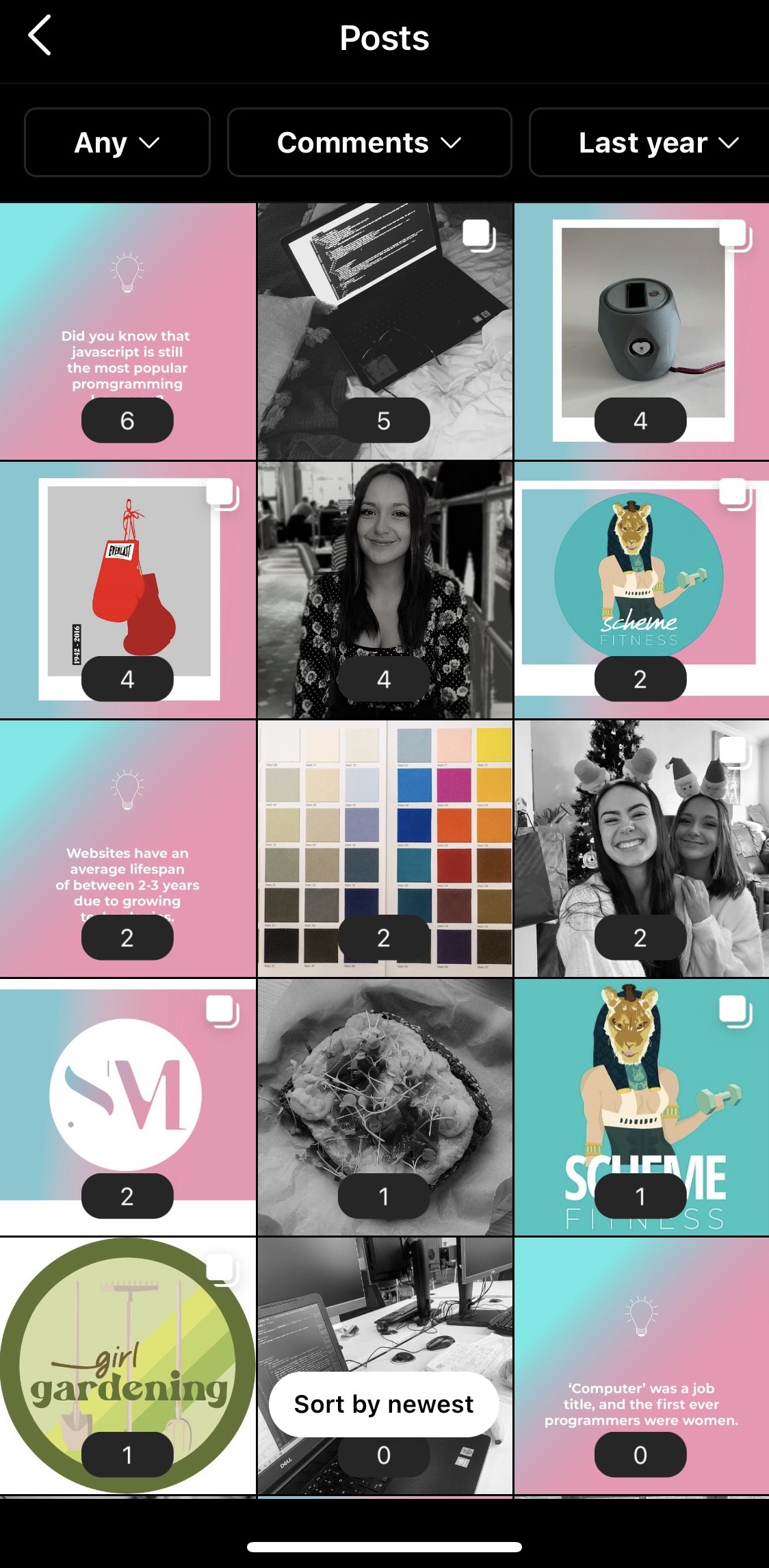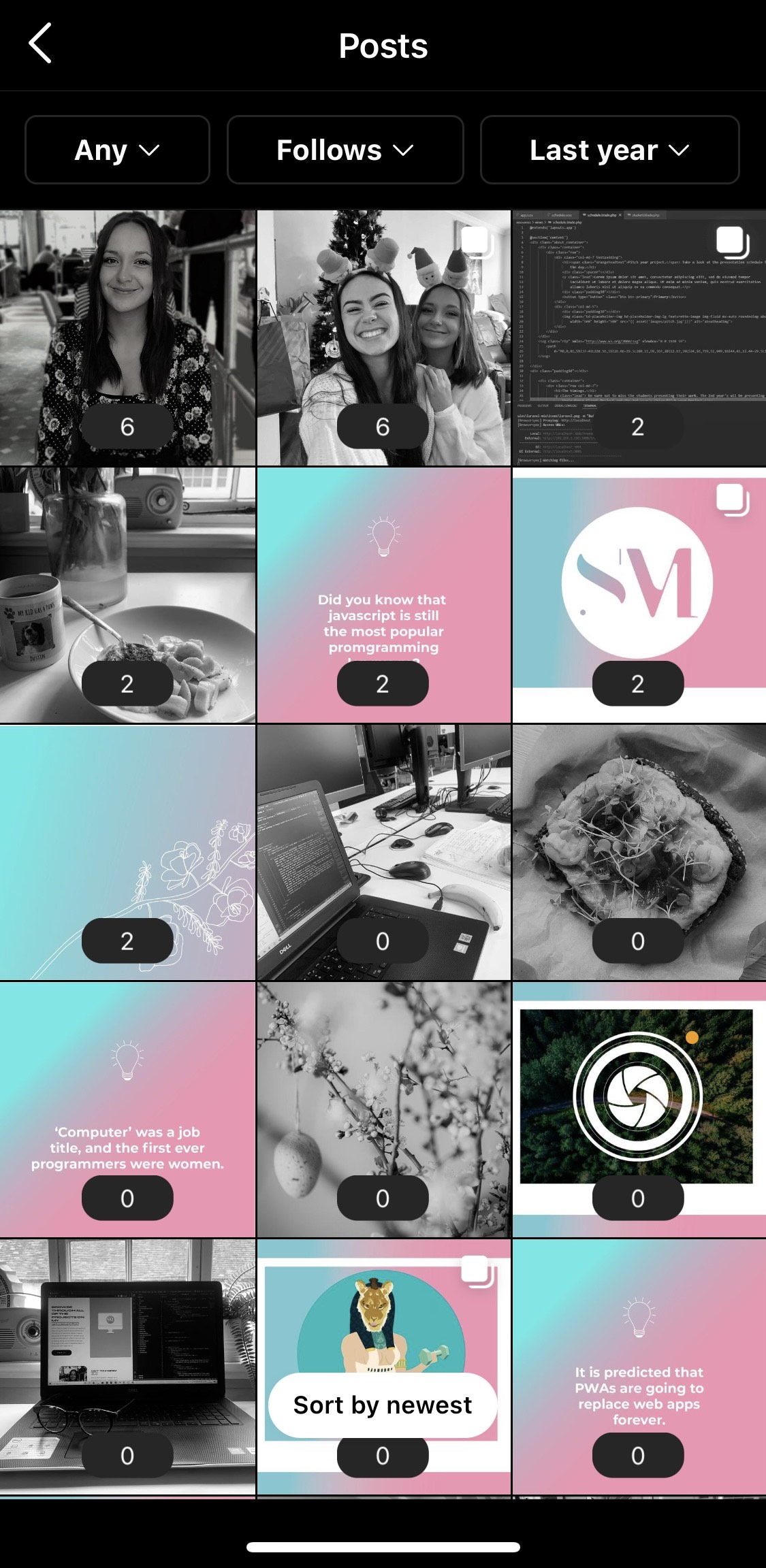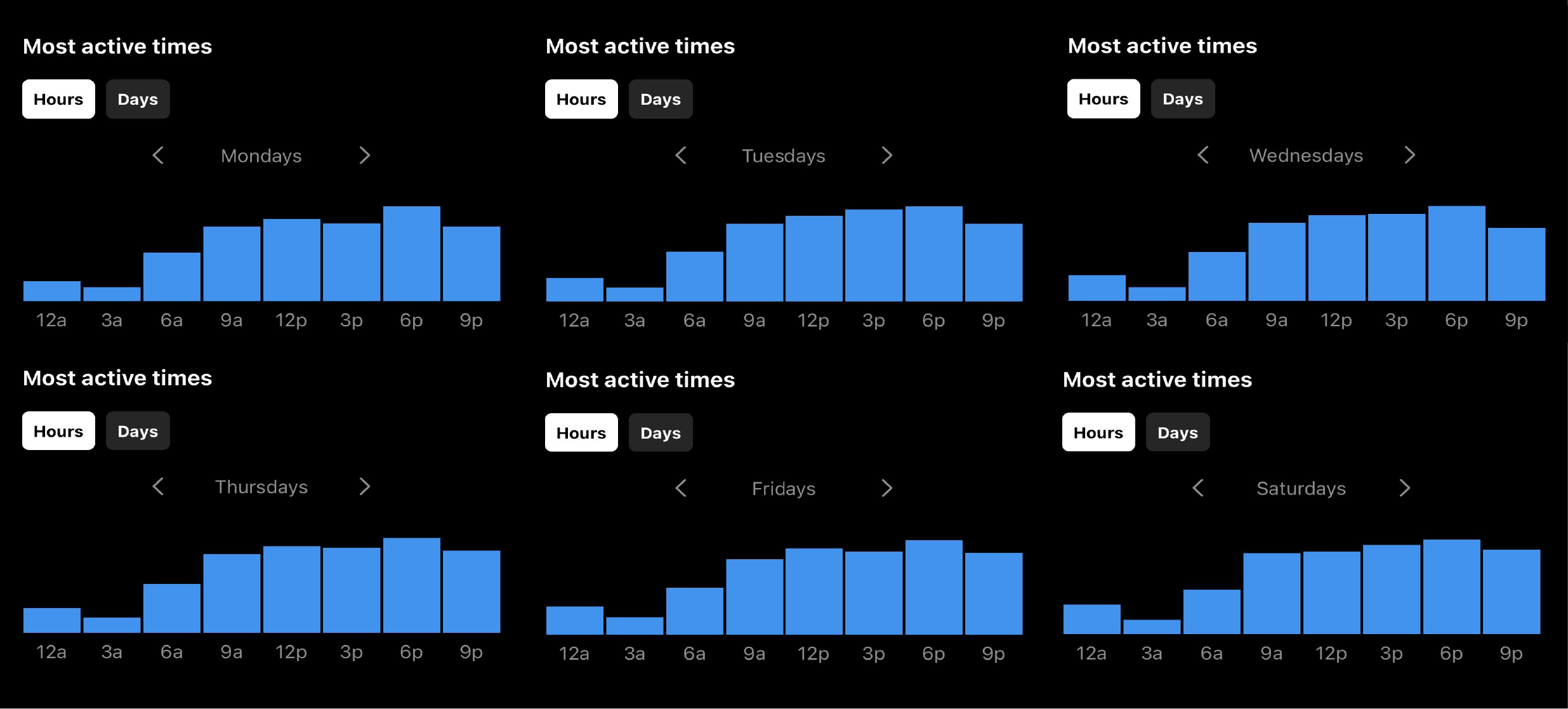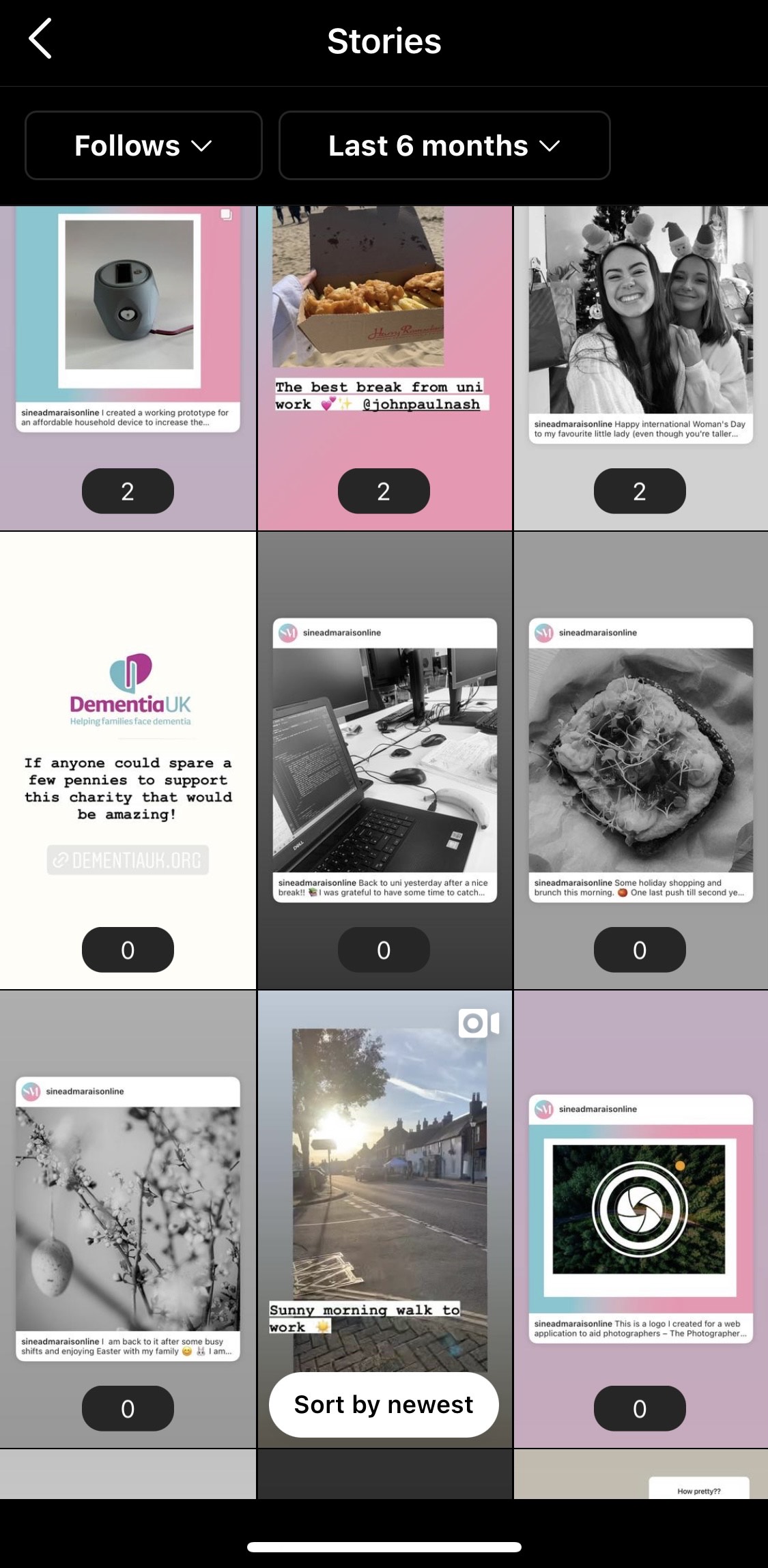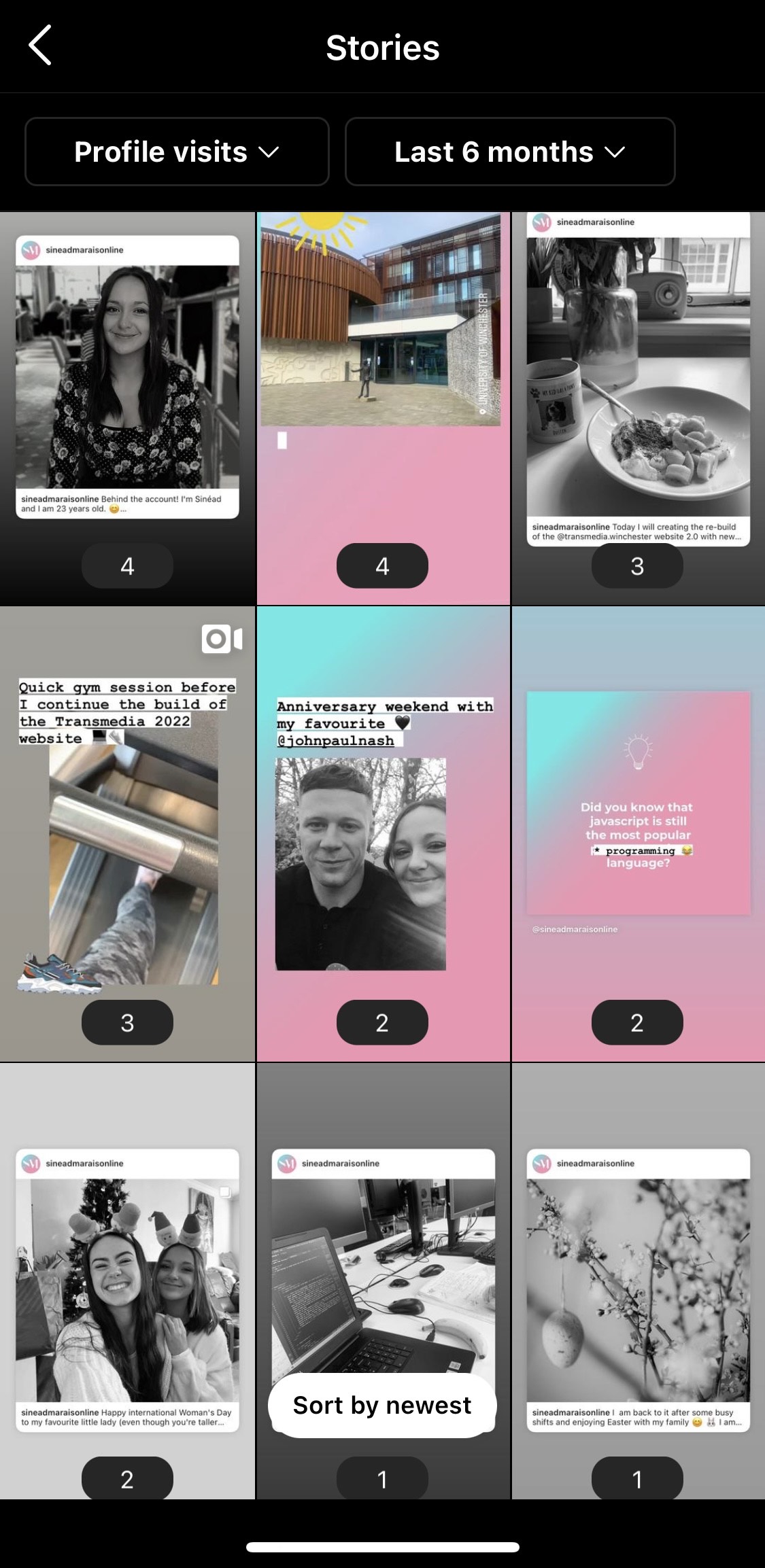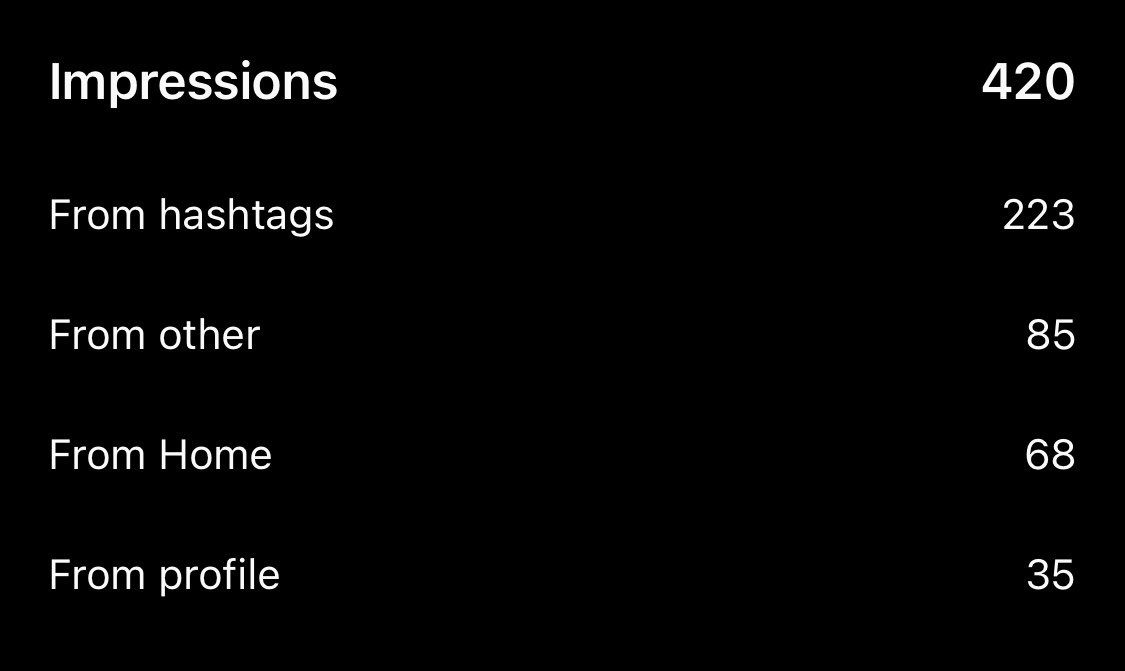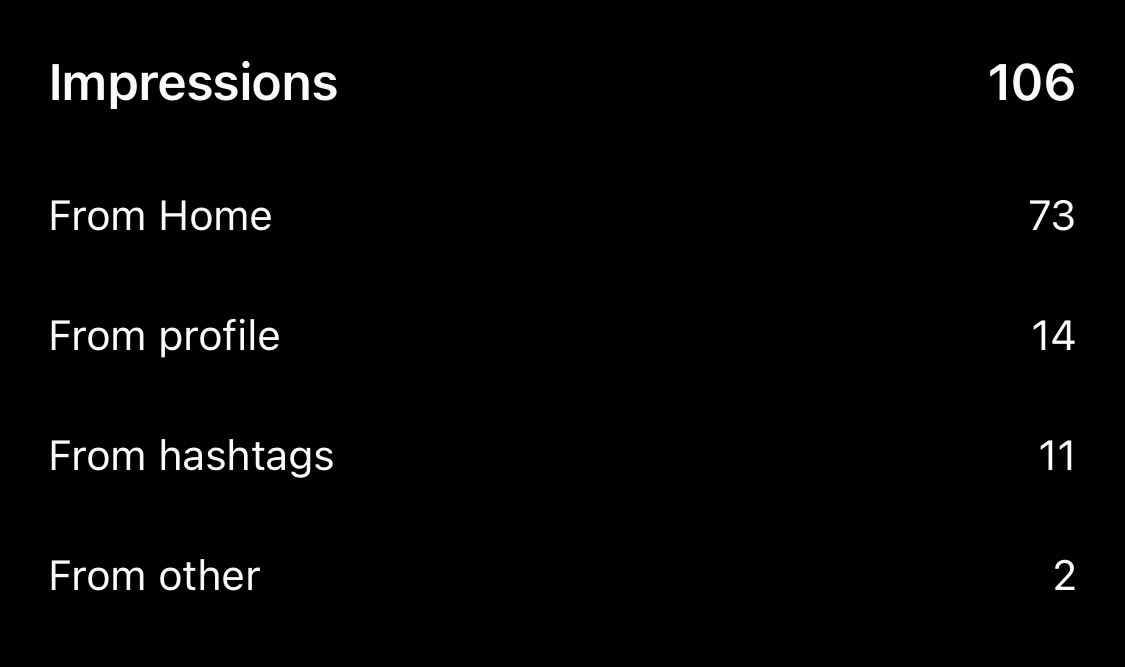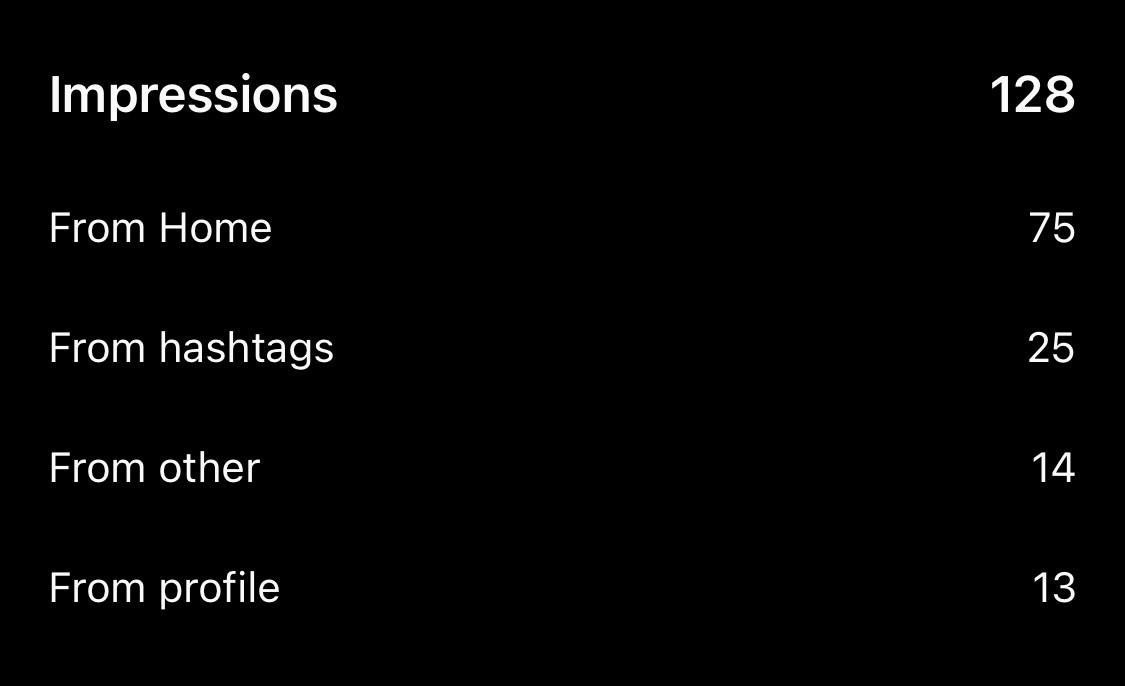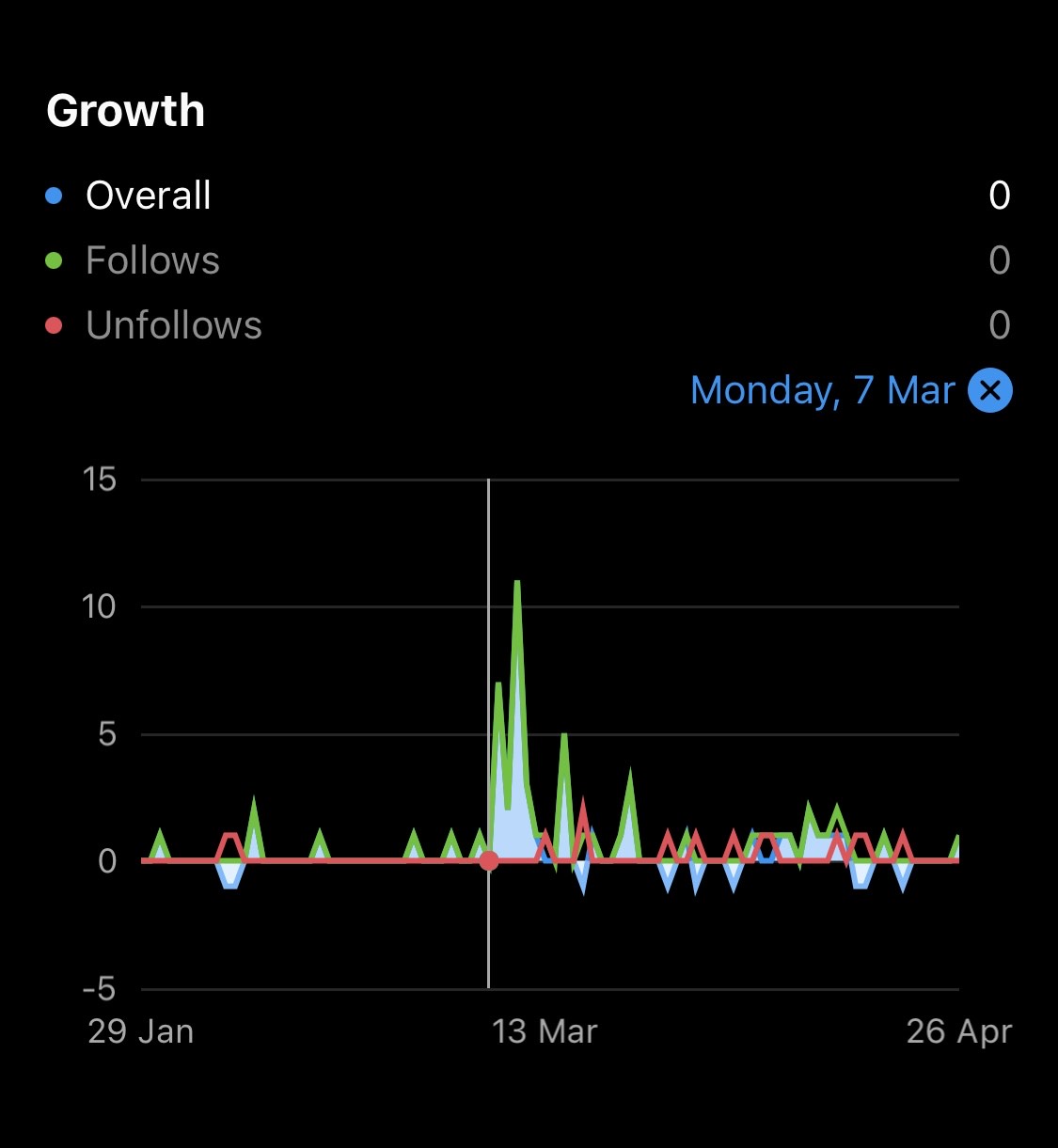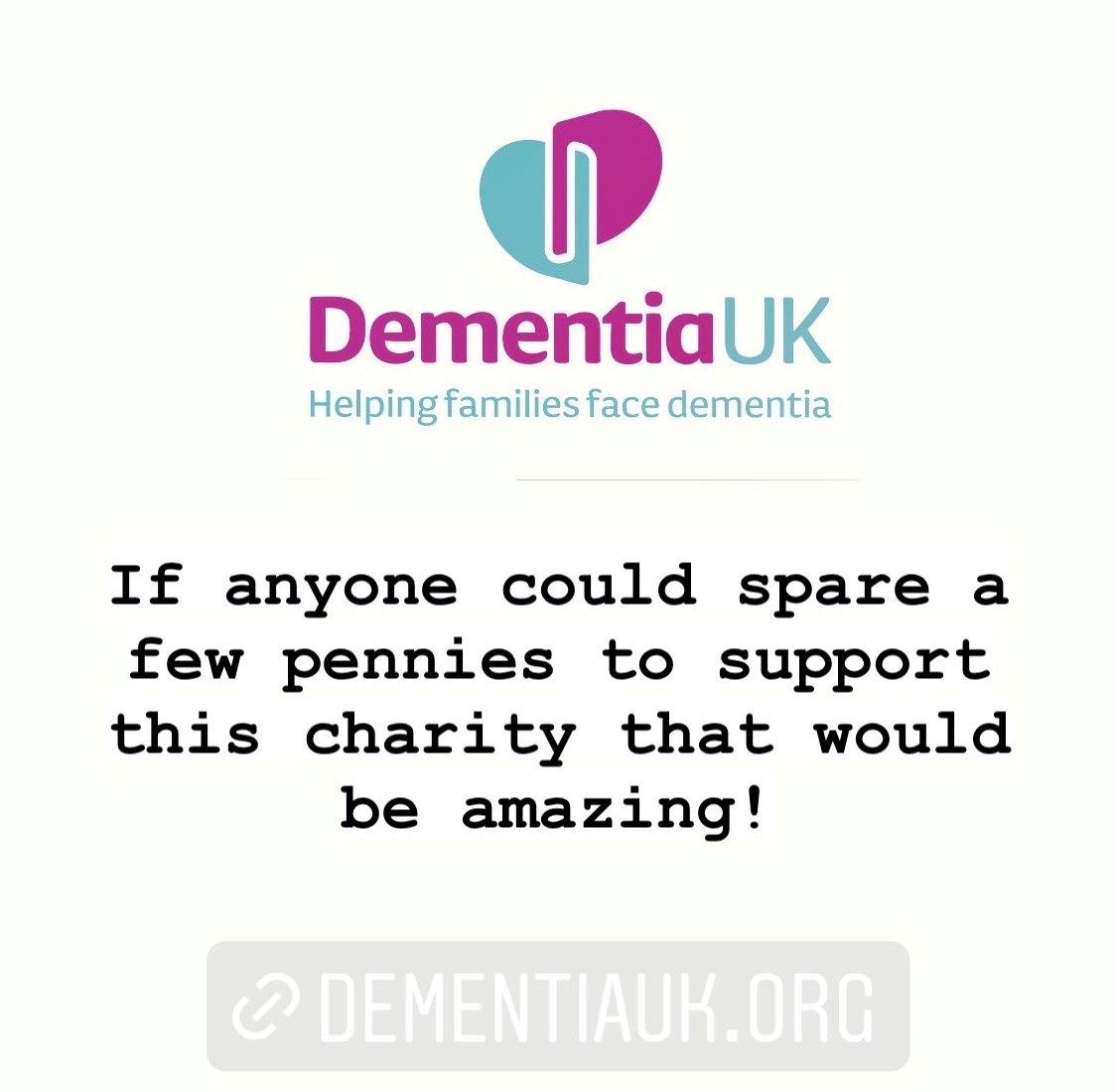The brief
We were required to create a live social media campaign, the purpose of this being to promote ourselves
and our work. It was mandatory to choose at least two platforms, one of them being LinkedIn and
the other we were able to pick ourselves. This is particularly important as being active and
noticeable online is something that most successful businesses or people have achieved and is something
I will definitely continue into my career. My end goal is to work for myself, so I have really enjoyed
understanding
what clients and industry experts look for. To add, I will use these social media accounts as a safe
space
which I have created for myself to network with others in the same or similar industries.
I sectioned the brainstorming process for this project into two areas. The first
being the client side, for example figuring out who I am trying to engage with and how to successfully
increase account and post reach.
The second
being the ideation process for the design elements for this project and why I made those design
choices. Finally, I will anaylse
the results and statistics I have gathered since making the campaign live.
Please note: the
research for many topics on this page and regarding my social media campaign are mostly supported by
blogs posts, they often discuss social media so I have
decided to use their information. I will however use it as a guide only, I am aware that blogs are not
100%
reliable.
